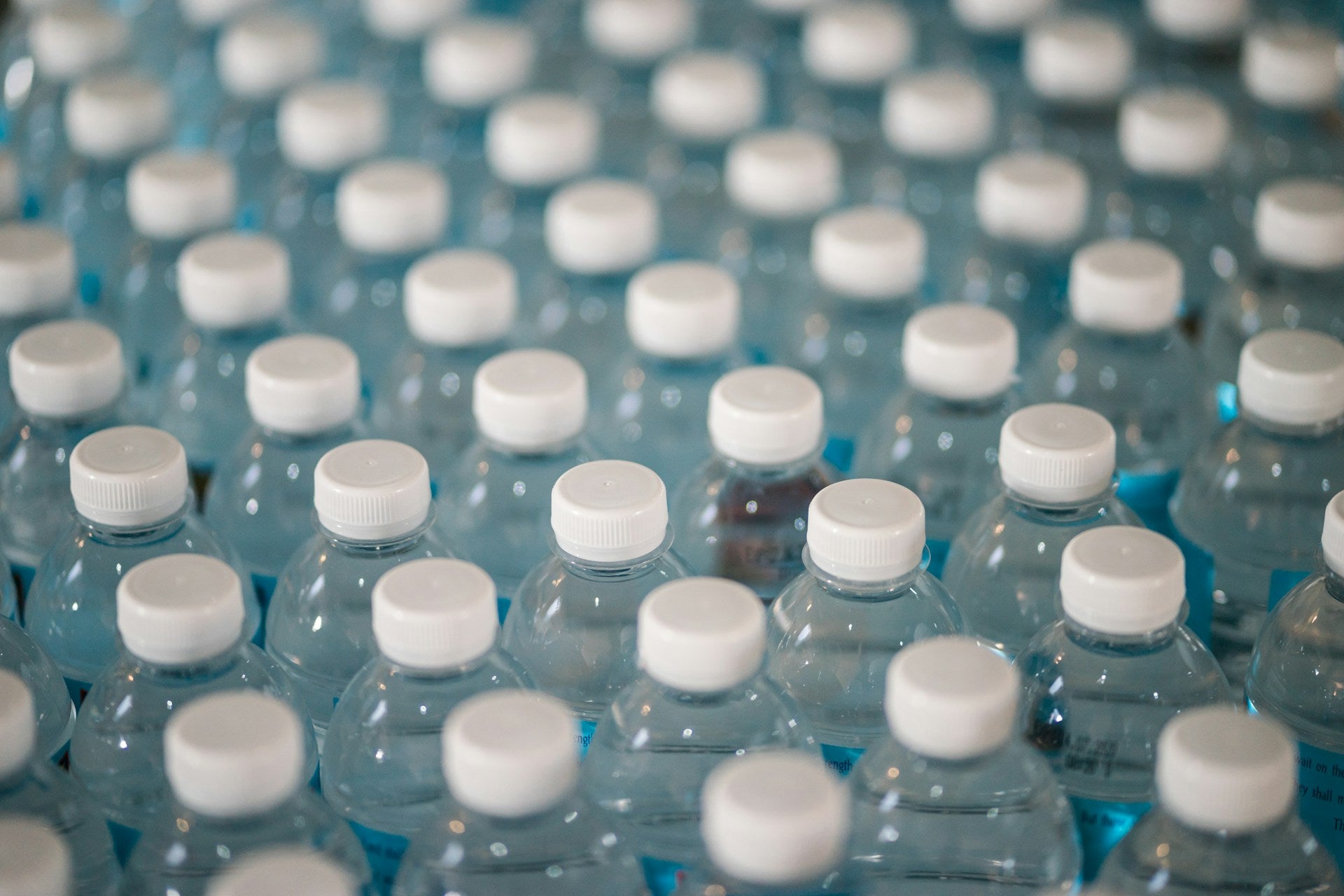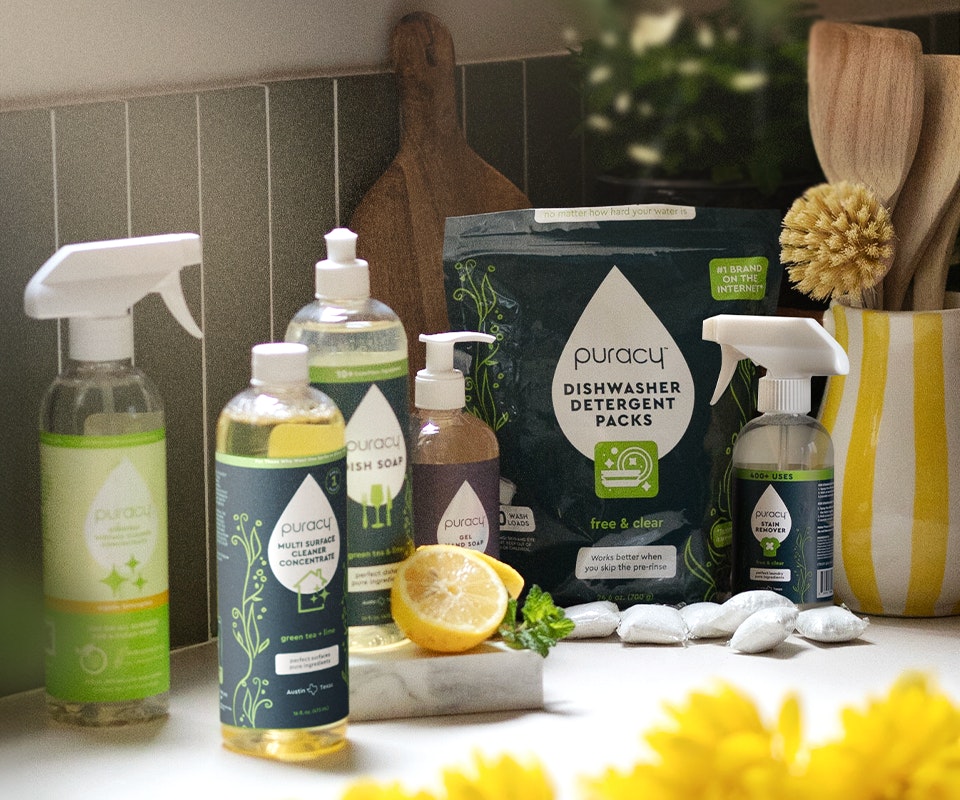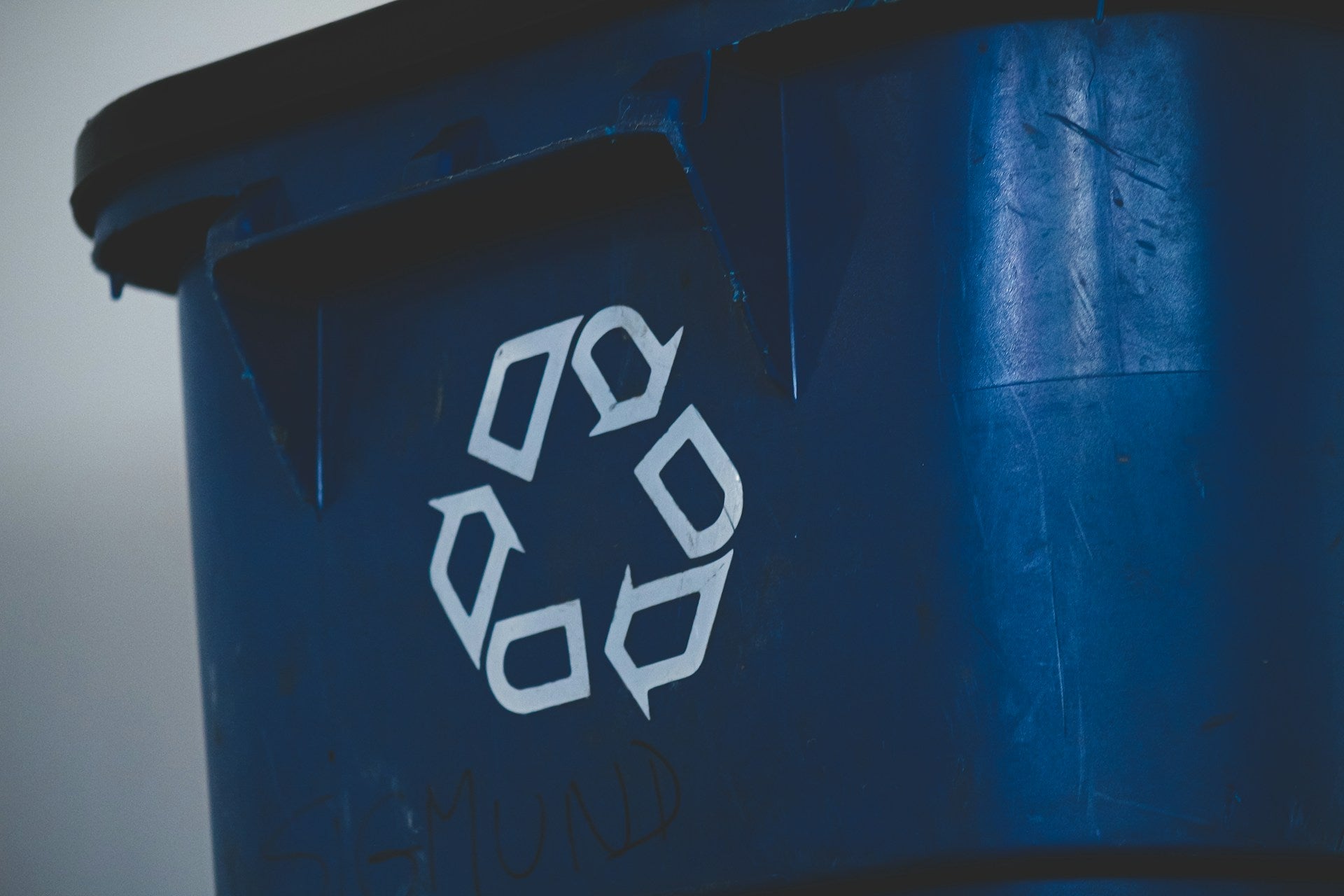
Are PFAS Considered Microplastics?
You’ve probably heard about microplastics: tiny plastic particles making their way into everything from our oceans to our bloodstreams. And then there’s PFAS, known as “forever chemicals.” Are they related? Do they both fall under the same ugly umbrella of environmental harm? Let’s dive into this because it’s a bit more tangled than you might think.
Are PFAS Considered a Microplastic Pollutant?

Short answer: no, PFAS aren’t microplastics, but the two do share an unfortunate connection. Microplastics are small pieces of plastic (less than 5mm) that break down from larger plastic products. PFAS, on the other hand, are a group of synthetic chemicals used for their water- and grease-repellent properties. While they’re not classified as microplastics, PFAS do accumulate in the environment in a similar, persistent way—making them equally troublesome.
What Are PFAS?
PFAS stands for per- and polyfluoroalkyl substance. These chemicals have been in use since the 1940s, primarily for making products stain-resistant, waterproof, or non-stick, including Teflon, fast food wrappers, waterproof clothing, and carpets.
The FDA's Stance on PFAS
The FDA has been working on phasing out certain PFAS from food packaging materials, particularly those that could leach into food. Some PFAS have already been voluntarily phased out by manufacturers, but it’s a gradual process. The FDA’s actions have been a response to growing public concern and mounting evidence about the potential health risks of PFAS. So, while progress is being made, it's not quite a complete ban across the board yet.
Common Sources of PFAS
PFAS are everywhere—literally. They’re found in everyday items like non-stick cookware, stain-resistant carpets, water-resistant clothing, fast food packaging, and even firefighting foam. If it’s designed to resist water or grease, PFAS probably played a role. The problem? They don’t break down easily in the environment.That’s why they’ve earned the nickname “forever chemicals.” Once they’re in the soil or water, they’re there to stay—kind of like that stubborn stain you’ve been trying to scrub out of your carpet.
What Are Microplastics?
Unlike PFAS, microplastics are, well, plastic. These are tiny plastic particles that break off from larger plastics, such as bottles, bags, and even synthetic clothing, causing pollution. Microplastics range from barely visible fragments to pieces smaller than a grain of sand. And microplastics can show up in fish, water, soil, pollution, and even human tissues.
Sources and Pathways of Contamination
For both PFAS and microplastics, the story of contamination starts in our daily lives. PFAS leach from consumer products into the water, soil, and air. Industrial waste and wastewater treatment plants are major conduits for both types of pollutants, where they slip through standard filtration processes and end up in rivers, lakes, and eventually, oceans, causing pollution.
Microplastics follow a similar journey: they wash off clothing, shed from tires on roads, break down from larger plastic debris, and microplastics find their way into the environment. Once there, they can be consumed by marine life, making their way up the food chain.
How Do These Contaminants Enter the Environment?
For PFAS, it’s mainly through industrial discharge, consumer goods breaking down, or firefighting foam being used and washed into waterways, causing pollution. With microplastics, it’s more diverse. Microplastics enter through laundry wastewater, road runoff, mismanaged plastic waste, and even atmospheric deposition (which is a fancy way of saying plastics fall from the sky with dust and rain). Both contaminants stick around long after their initial release, creating long-lasting issues.
Where Are PFAS Found?

Beyond your non-stick pans and waterproof jackets, PFAS have infiltrated a wide array of industries. They’re prevalent in aerospace, automotive, construction, electronics, and even the medical field.
Effects of PFAS on the Environment: How Bad Are They?
The environmental impact of PFAS is bleak. They contaminate water systems, disrupt ecosystems, and are highly resistant to degradation—meaning they stick around, indefinitely. They’ve been found in wildlife and have been linked to health issues in animals. Since PFAS accumulate over time, their presence in the environment increases, creating long-term environmental challenges that are difficult to reverse.
Effects of PFAS on Human Health
PFAS don’t just stay in the environment—they make their way into our bodies. Research has linked PFAS exposure to a range of serious health problems, including cancer, liver damage, weakened immune systems, and developmental issues in children. And because they accumulate in the body over time, even low levels of exposure can become problematic after years of buildup.
How to Avoid and Reduce PFAS
You can reduce your exposure to PFAS with a few smart choices:
- Start by ditching non-stick cookware and opting for stainless steel or cast iron.
- Avoid stain-resistant treatments for furniture and carpets.
- Be mindful of the food packaging you encounter—skip the fast food wrappers and go for fresh, whole foods.
- When it comes to personal care products, look for brands that proudly state they’re PFAS-free.
Supporting eco-friendly, high-performance products means you're not only caring for your health, but also doing your part to reduce the overall demand for these toxic chemicals. By making small, conscious choices in your everyday life, you can reduce your exposure to both PFAS and microplastics, giving yourself—and the planet—a cleaner, healthier future


























